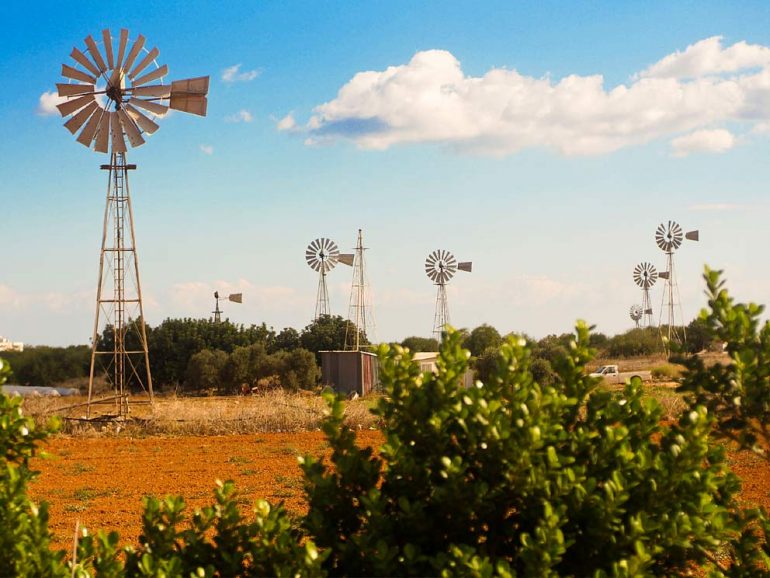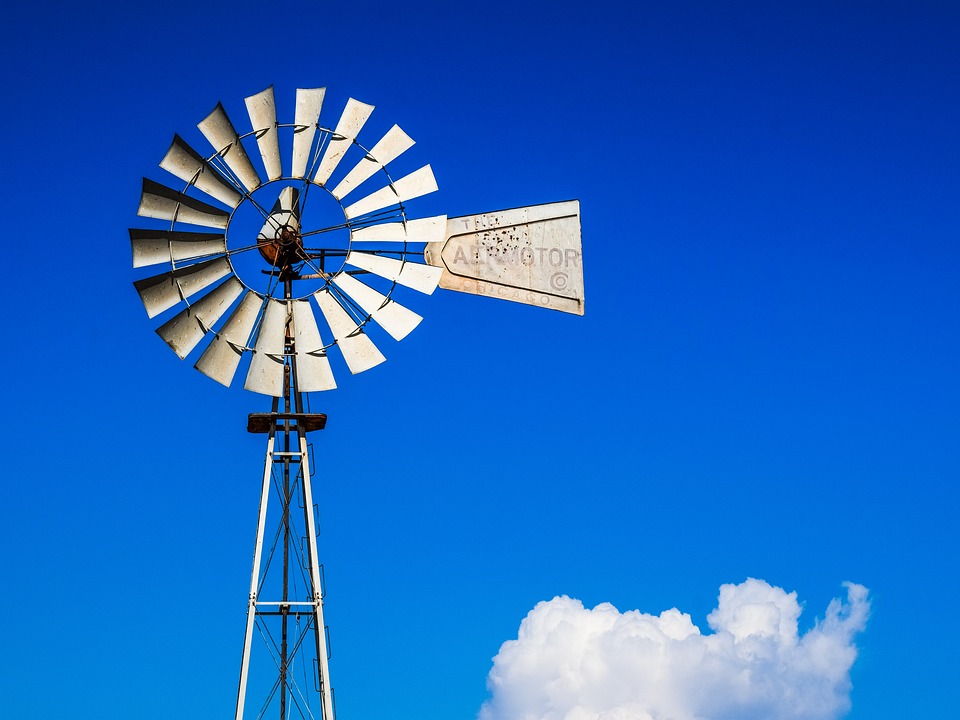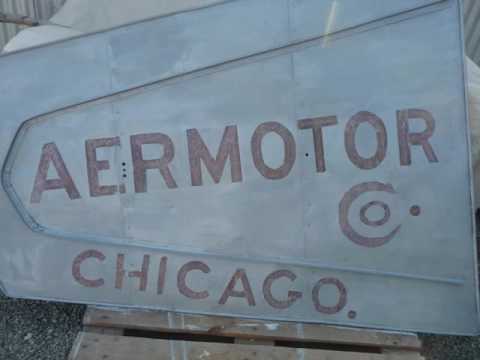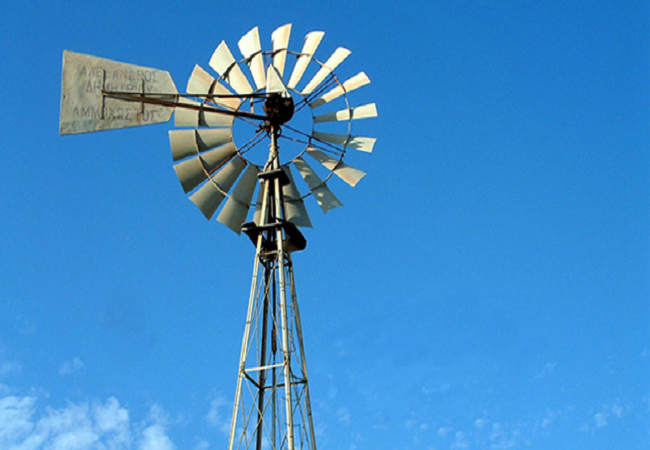By Marinos Pavlikas *
One hundred years ago, and even before the Cypriot became aware of the issue of environmental awareness and renewable energy sources, the rural people of the province of Famagusta lived and cultivated using wind energy and all the possibilities provided by nature.
Windmills are undoubtedly the trademark of the province of Famagusta. Their metal construction and arrogant stature provided the farmer of Kokkinochoria with the ease of his struggle for his daily engagement with agriculture and animal husbandry.
Most windmills are recorded in Paralimni, a rural area, mainly in Sotira where the needs for irrigation were increased, mainly due to the cultivation of colocasia.
Over the years, however, they gradually settled in rural areas of the surrounding areas, mainly due to their ease of pumping water using wind energy.
Of American origin
Architect Athena Papafilippou-Kehagia recorded useful information about the history of the windmill in Paralimni and the province of Famagusta in 2ο Conference "Paralimni: History-Culture" which took place in 2011.
According to the researcher and according to the testimonies of the inhabitants, the windmills first appeared in Cyprus around 1912 and their main function was to pump water from the wells for irrigation purposes, exploiting wind energy.
The first to acquire a windmill in Paralimni was Zouvanis Giannoukos. Importers of windmills were Symeon Perix from Larnaca who imported windmills from Chicago USA and Visperidis from Toronto Canada.
An important development in their construction took place in 1922 when the first windmills arrived in Cyprus with "kaukko", with a cover, that is, above their engine that allowed the automatic introduction of oil into the engine. These windmills were also called "self-propelled" or "hated".
The most famous windmill brands were "Airmotor" (or "Aeromotor") from the United States of America which specializes in windmills to date, "Southern Cross" from Australia, "Hercules" and "Climax" from Great Britain, and “Toronto” from Canada. The first three brands were imported by Alexandros Dimitriou who was based in Famagusta and who wrote in Greek letters the name of his company at the helm.
Most imports from "Alexandros Dimitriou" were made from 1920 to 1930, while the import from Toronto and Chicago was stopped with the beginning of the Second World War, when the import from the United Kingdom began, with the Greek names "Klimax" and "Aeolus".
Categories of windmills
Of great interest is the way in which the farmers of Paralimni and the surrounding villages considered the windmill as an integral part of their agricultural occupation but also a valuable tool that facilitated the irrigation of their crops.
The windmills were divided into five categories which mainly concern the diameter of the impeller and the length of the embolism. the "fourteen" and the "sixteen".
How It Works
The "grinding of the mill" was done by releasing the rope which kept the impeller locked, which rotated parallel to the wind direction thanks to the rotational movement made by the steering wheel. The impeller blades were made in such a way that although they were parallel to the wind, their sloping construction allowed them to rotate without difficulty, even with low wind intensity.
At the base of the windmill was a constructed well in which the water pump was placed. The rotational movement of the windmill forced the piston to move thanks to which the water was pumped, usually in an adjacent tank which also functioned as a storage place for water for irrigation.
Trademark for Paralimni
In 2015, the Municipality of Paralimni took the decision to proceed with the gradual repair of the old windmills which have been damaged due to weather conditions and non-maintenance.
This decision of the Municipality of Paralimni was taken with the aim of rescuing and protecting an element that on the one hand demonstrates its importance in rural life, on the other hand is today a reference point for the Municipality of Paralimni.
The Municipal Council of Paralimni, in its decision, released a fund of 50 thousand euros for the repair of windmills and the training of technicians who will take care of the maintenance of the irrigation tool.
* Newspaper "SIMERINI" 12/11/2017




